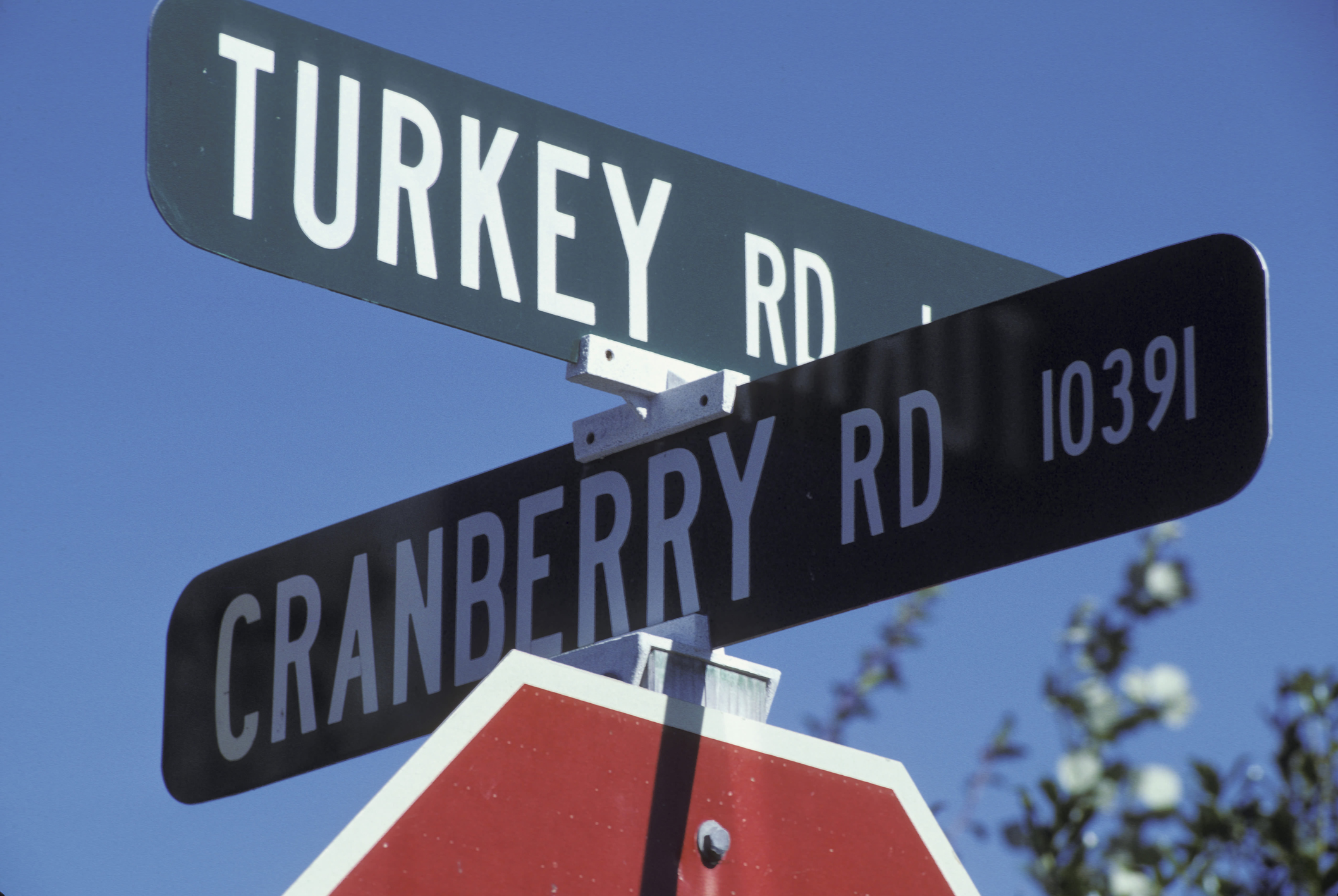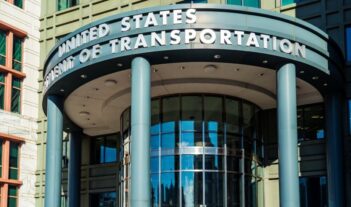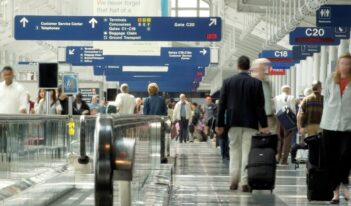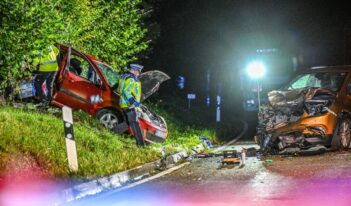
Holiday marked by mass mobility prompts regulatory responses nationwide.
On Thanksgiving, America goes supersized. It is a day associated as much with large family gatherings, calorie-laden feasts, and behemoth balloons bounding down elaborate parade routes as it is with saying thanks.
But beyond these holiday hallmarks, Thanksgiving is a day of grand proportions in another, less-celebrated respect: it is a mass-mobilization event. Each year, millions of people take to the skies and the roads to celebrate the day’s festivities, making Thanksgiving one of the year’s busiest travel periods—and presenting a major governance challenge for the transportation sector in the process. Federal, state, and local agencies across the country have responded accordingly, adopting an array of regulatory measures aimed at ensuring the smooth and safe transportation of holiday-revelers traveling by air, car, and foot alike.
With a record-breaking 27.3 million people traveling by plane over the Thanksgiving travel period this year, government officials have their eyes on the skies. The Transportation Security Administration (TSA) has beefed up its security measures for the holiday period, reportedly in response at least in part to the terrorist attacks carried out earlier this year in airports in Brussels and Istanbul. These security measures include the deployment of additional security staff and canine teams to airports across the country, as well as the dispatch of additional resources to the busiest airports.
The TSA is also taking action in connection with some of its more everyday security routines. In a bid to assist the expected influx of infrequent travelers who are likely to be unfamiliar with the TSA’s regulations, the agency has published a host of resources informing travelers of what they can and cannot bring on their flights. These resources address, among other topics, the TSA’s restrictions concerning the transportation of firearms, ammunition, e-cigarettes, and razors, as well as holiday favorites like gravy and wine. (Notably, the TSA has made explicitly clear that passengers are in fact permitted to travel with their turduckens, subject to a few caveats.)
Government officials have also implemented various safety measures for the 43.5 million Americans who are expected to be traveling by car during Thanksgiving. Agencies across the country are doubling down on their enforcement of the rules of the road, with a special eye toward catching seatbelt-less drivers and passengers. Over the holiday period, the National Highway Traffic Safety Administration is partnering with state and local law enforcement officials in furtherance of its Click It or Ticket Campaign, an initiative aimed at enhancing seatbelt awareness and increasing patrolling of the roads.
In another effort to increase road safety over the holiday period, the U.S. Senate recently passed a resolution designating the Sunday after Thanksgiving, “Drive Safer Sunday.” This measure is aimed at encouraging cooperation among travelers, truckers, and law enforcement in keeping the roads safe during one of the heaviest days of highway traffic of the year. Indeed, nearly 91 percent of holiday long-distance travel takes place by car or other personal vehicles.
For those traveling shorter distances during Thanksgiving, local governments likewise have undertaken a range of regulatory responses. A number of cities, for instance, have lifted various street regulations in an effort to prevent congestion and accidents during the holiday. Among those cities is Philadelphia, which has suspended its parking meter regulations. San Francisco is not enforcing residential parking permits and commuter tow-away regulations, and Manhattan Beach, California, among a number of other cities, has suspended its street-sweeping parking regulations.
There are also various safety measures in place for the benefit of those traipsing the streets this holiday season. In light of its annual holiday parade, New London, Connecticut has issued temporary traffic regulations, including a parking ban in certain areas, street closures, and traffic rerouting. Silver Spring, Maryland similarly has closed off various streets for its parade. And for the first time in 90 years, New York City is not allowing vehicular traffic to cross the parade route of its iconic Macy’s Thanksgiving Day Parade.
The parade participants themselves must also comply with various rules. Those marching in Asheville, North Carolina’s Thanksgiving parade, for instance, are strictly prohibited from throwing objects at the audience, smoking or drinking alcoholic beverages on the floats, as well as filming and taking so-called “selfies” throughout the course of the parade. The rules on selfies, for those lucky few parade handlers in Macy’s Thanksgiving Day Parade, are a bit more lax: they are informally permitted, so long as the selfie enthusiast qua parade handler is not marching at the time.
As for the holiday balloons, their movements, too, come with various strings attached. In accordance with Macy’s Parade guidelines, Felix the Cat, Ronald McDonald, Charlie Brown, and their other buoyant buddies must be handled by between 50 and 60 handlers, all of whom are required to complete rigorous Balloon Handling 101 classes at Columbia University in the weeks before the parade. Furthermore, if sustained winds exceed 23 miles an hour or gusts exceed 34 miles an hour winds, the rules prohibit the festive floats from making an appearance at the parade at all.
For those fretting over whether all of these rules will dampen the holiday spirit, take solace in the words of TSA officials in one of their recently posted holiday guides about their safety regulations: “we’re not the Heat Miser,” they promise. If those assurances are any indication, it’s all gravy.



